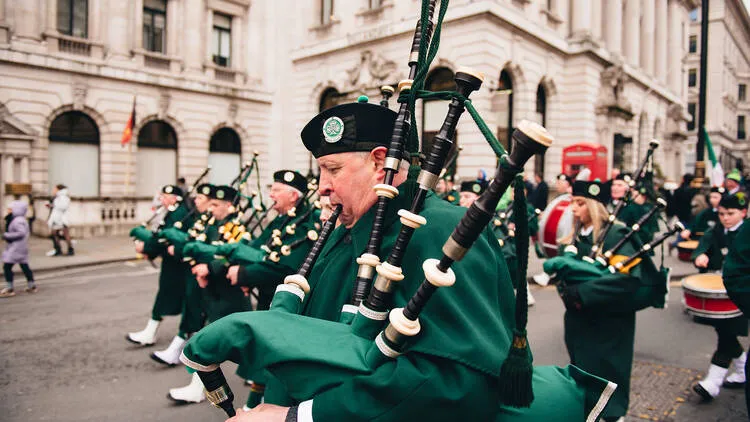St. Patrick’s Day, celebrated annually on March 17th, is a cherished holiday that transcends borders, bringing people together to revel in the rich culture and heritage of Ireland. Beyond the green attire and festive parades lies a captivating history steeped in tradition and symbolism. In this article, we’ll embark on a journey to uncover the origins, evolution, and intriguing facts surrounding St. Patrick’s Day.
1. The Legend of Saint Patrick:
St. Patrick’s Day commemorates the life and legacy of Saint Patrick, the patron saint of Ireland. Born in Roman Britain in the late 4th century, Saint Patrick was captured by Irish pirates and brought to Ireland as a slave. During his captivity, he found solace in Christianity, and he later returned to Ireland as a missionary, spreading Christianity’s teachings and converting thousands of people.
2. Saint Patrick’s Feast Day:
Saint Patrick’s Feast Day, celebrated on March 17th, honors the patron saint of Ireland, St. Patrick. Born in Roman Britain in the fifth century, St. Patrick was captured by Irish raiders as a teenager and taken to Ireland as a slave. During his captivity, he found solace in his faith and later escaped back to Britain.
After a vision led him to return to Ireland as a missionary, St. Patrick played a crucial role in spreading Christianity throughout the country, establishing schools, churches, and monasteries. He is well-known for using the shamrock to explain the Holy Trinity. St. Patrick’s Feast Day is a significant celebration in Ireland and beyond, marking his contributions to Irish culture and the Christian faith.
3. Emergence of St. Patrick’s Day Parades:
St. Patrick’s Day evolved over time from a religious observance into a public holiday celebrated with parades, festivals, and cultural events. The first recorded St. Day parade took place in New York City in 1762, when Irish soldiers serving in the British army marched through the streets to celebrate their heritage. Today, parades are a hallmark of Patrick’s Day celebrations in cities around the world.
4. Symbolism and Traditions:
March 17 is St. Patrick’s Day, a day steeped in tradition and symbolism. Leprechauns maintain the shamrock insignia of the Holy Trinity while adding humor. Wearing green is a sign of respect for Irish nature. Parades, dancing, music, and Irish fare and beverages like corned beef, whiskey, and Guinness are all part of the festivities. A worldwide celebration of Irish heritage and culture is Patrick’s Day.
5. Global Celebration:
St. Patrick’s Day is celebrated not only in Ireland but also in countries around the world with large Irish diaspora communities. Cities such as Dublin, New York, Chicago, and Sydney host elaborate parades, concerts, and cultural festivals that attract millions of visitors each year. It’s a day for people of all backgrounds to come together, celebrate Irish heritage, and embrace the spirit of camaraderie and goodwill.
Conclusion:
St. Patrick’s Day celebrates resilience, cooperation, and ethnic pride, not just a festivity. From a minor religious event,Day has developed into a global celebration of Irish identity that inspires people of all ages and cultures. Wear green to honor Saint Patrick and recall its rich history. Celebrate St. Patrick’s Day!
Share this content:

